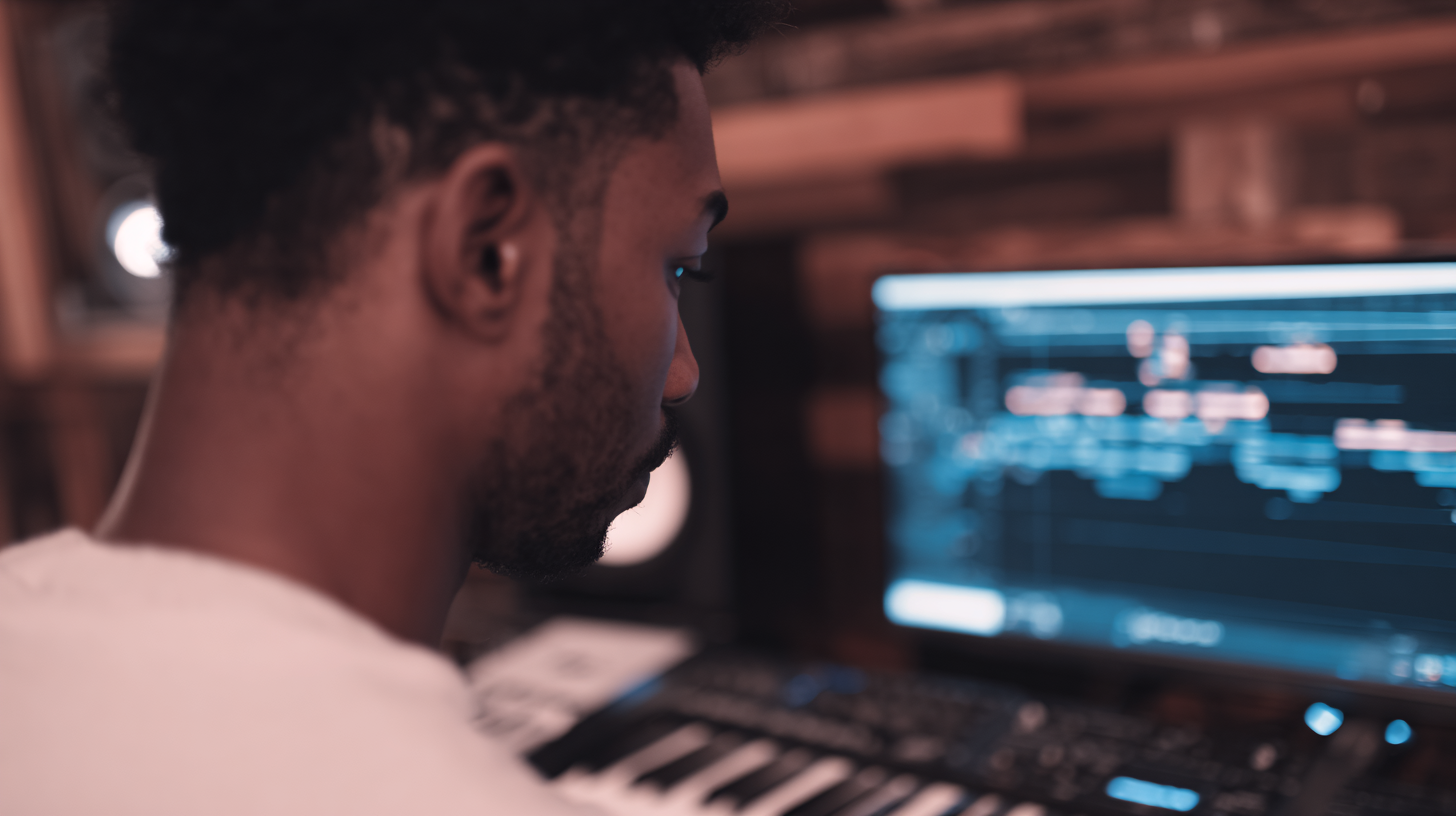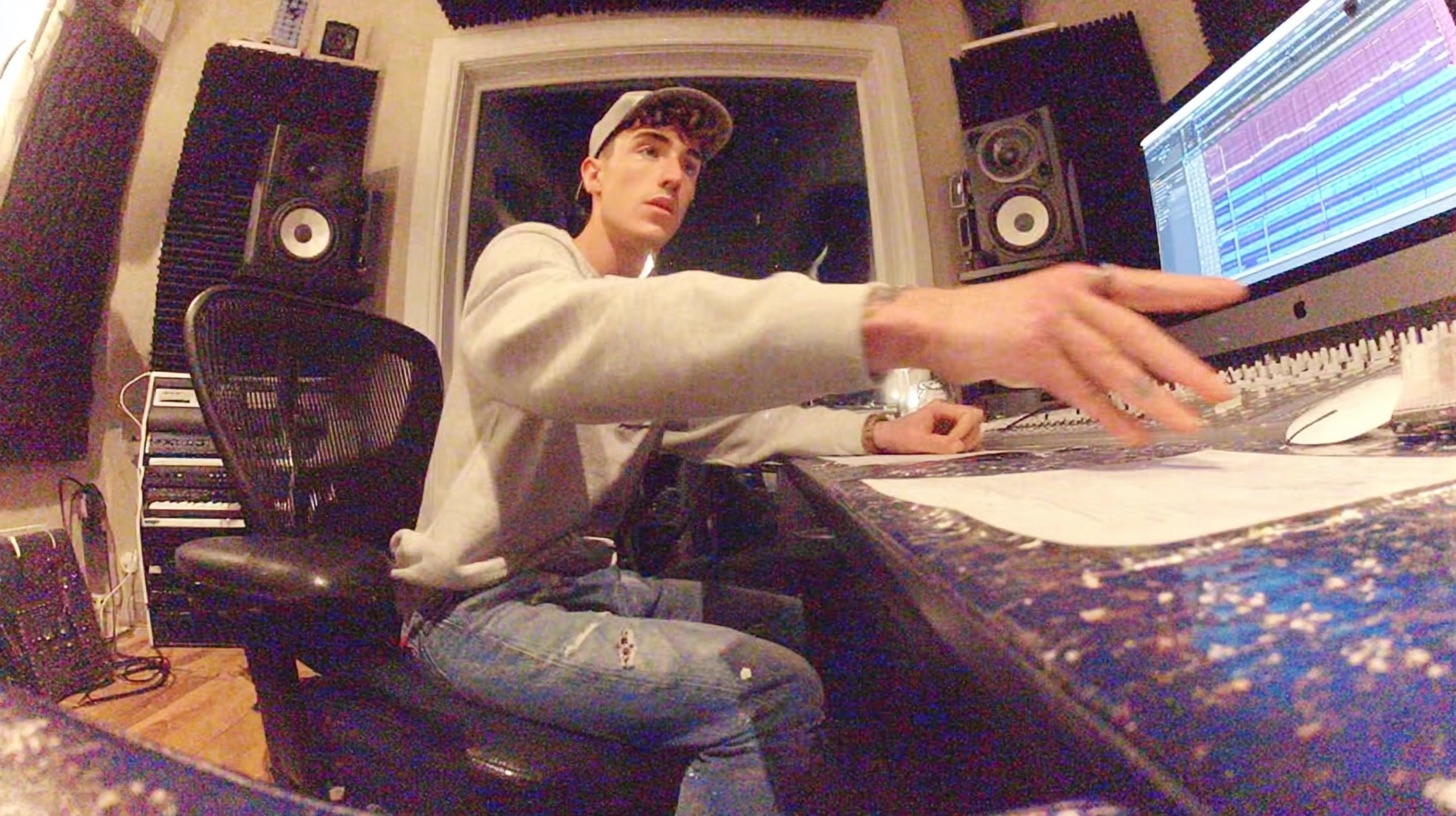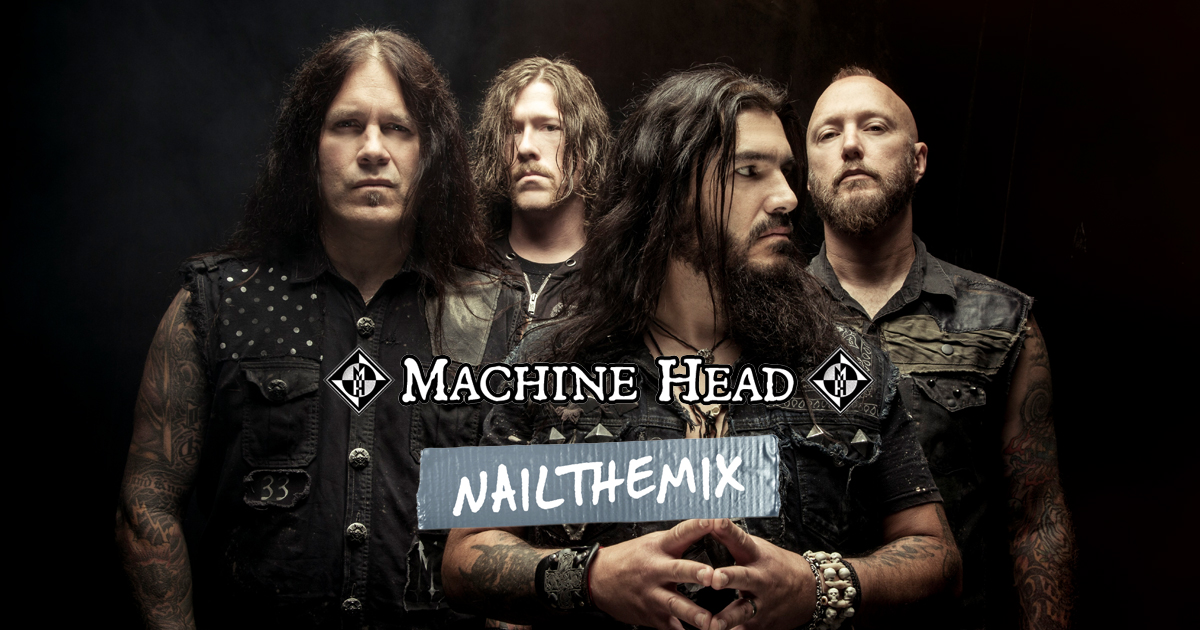
Crafting Space in The Contortionist’s “Return To Earth” Mix
Nail The Mix Staff
Let’s talk about a different kind of heavy. The Contortionist’s sound, especially on their album Clairvoyant, isn’t just about pummeling riffs and blast beats. It’s a dense, atmospheric, and beautifully complex sonic tapestry. Mixing a track like “Return to Earth” presents a unique challenge that many producers crave: the source material is already incredible. The performances are tight, the tones are dialed, and the arrangement is masterful.
So, what’s the hard part? The sheer density. With layers of guitars, intricate basslines, powerful drums, mountains of synths, and a forest of vocal harmonies, the real job isn’t fixing sounds—it’s creating space. It’s about making every single one of those amazing parts audible and impactful without turning the mix into a muddy mess.
We’re diving deep into the raw multi-tracks from the official Nail The Mix session with legendary producer Jamie King to see how a track like this is built from the ground up.
The Foundation: A Powerful & Dynamic Rhythm Section
Before you can even think about the atmospheric layers, you need a rock-solid foundation. “Return to Earth” is built on a rhythm section that is both powerful and nuanced.
Hard-Hitting, Tasteful Drums
The drum performance is a masterclass in modern prog drumming. It’s incredibly hard-hitting, providing the necessary power, but the playing is always tasteful and serves the song. There’s no excessive, flashy overplaying; every fill and groove is intentional. The drummer hits so hard you can feel the impact even in the raw tracks.
The recording captures this perfectly with a detailed setup:
- Kick: Kick In and Kick Out mics for blending beater attack and low-end boom.
- Snare: Top and Bottom mics to balance the crack and the sizzle of the wires.
- Toms: Four toms, which Jamie King graciously delivered pre-cleaned of bleed, saving a ton of editing time.
- Ambience: A full suite of stereo overheads, stereo room mics, and even a distant mono room mic. This gives a mixer immense control over the natural space and size of the kit.
Add in a few dedicated percussion tracks for swells and tambourine layers, and you have everything you need to build a massive, three-dimensional drum sound.
An Intense Finger-Style Bass Performance
For many heavy genres, a pick is the go-to for bass to get that aggressive, consistent attack. But here, we have a finger-style performance that cuts through perfectly. Why does it work? Sheer intensity. The bass player digs in hard, delivering a consistent and powerful performance that rivals the clarity of a pick.
The signal chain is a classic, bulletproof combo: a clean Bass DI and a miked Bass Amp. This allows you to blend the pristine, full-range low-end from the DI with the grit, character, and midrange of the amp. It’s the perfect setup to get a bass tone that can be felt in the subs and heard on laptop speakers.
Weaving Guitars into the Sonic Tapestry
The guitars in “Return to Earth” are all about texture and melody, creating a soundscape rather than a wall of distortion.
Rhythm Tones Built for Space, Not Saturation
One of the smartest production choices here is the guitar tone itself. It’s more of a hot-rodded rock tone than a super-saturated, high-gain metal tone. If the guitars were drenched in gain, they would instantly swallow the synths, the intricate drum work, and the nuances of the vocals. This more controlled, articulate tone leaves room for everything else to breathe.
And for those who love to experiment, the session includes clean DI tracks for both the rhythm and lead guitars. This means you can run them through your own amp sims or re-amp them to craft a completely custom tone.
Atmospheric & Melodic Leads
This is where the band’s songwriting truly shines. The lead parts are less about high-speed shredding and more about creating unforgettable melodies. Think of the tremolo-picked, delay-drenched style of bands like Muse or Radiohead. It’s ethereal, emotional, and serves the song perfectly. The use of an E-Bow for infinite sustain adds another layer of unique texture. When you can write melodies this good, you don’t need a million notes per second.
The Secret Weapon: Organic & Complex Synths
The synth work, courtesy of Eric Guenther, is arguably a defining element of The Contortionist’s modern sound. These aren’t just simple pads sitting in the background.
Eric’s approach is brilliantly creative: he often runs his synths through guitar pedals and amps. This imparts an organic quality, adding real-world distortion, filtering, and character that you just can’t get from a stock synth patch. The result is a collection of synth parts that are so well-arranged they could almost be a piece of music on their own. They buzz, swell, and evolve, creating a living, breathing atmosphere that is central to the song’s identity.
The Ultimate Mixing Challenge: Vocals & Hierarchy
With such a dense instrumental, how do you make the vocals the star of the show? Michael Lessard’s performance is incredible, and it’s layered extensively with doubles, harmonies, and backing parts.
This is the final boss of the mix. Your challenge is twofold:
- Clarity for the Lead: The lead vocal needs to be front-and-center, intelligible, and emotionally resonant.
- Space for the Atmosphere: The thick stack of backing vocals needs to create a lush, wide, and atmospheric backdrop without overpowering the lead or muddying the instruments.
Achieving this requires surgical precision. You’ll need some smart EQ strategies to carve out specific frequency pockets for the lead vocal versus the harmonies. Furthermore, careful compression is essential to control the dynamics of each vocal layer, gluing them together into a cohesive unit while ensuring the lead remains dynamic and expressive. The goal is to make all the layers heard so you get that lush atmosphere, but never at the expense of the main vocal.
The Contortionist on Nail The Mix
Jamie King mixes "Return To Earth"
Get the Session
Putting It All Together
Mixing a song like “Return to Earth” is an exercise in balance and arrangement. The raw tracks are already top-tier, so your job is to be the conductor—deciding what gets the spotlight, what plays a supporting role, and how to make dozens of tracks work together as one cohesive, powerful piece of art.
These are the exact kinds of high-level challenges that separate amateur mixes from pro-level productions. Learning to navigate a dense session, make creative choices, and serve the song is a fundamental skill. And there’s no better way to learn than by watching a pro do it.
At Nail The Mix, you get to be a fly on the wall for exactly that. Every month, you get the real multi-tracks from a massive song and watch the original producer mix it from scratch, explaining every single move. Want to see how Jamie King tackled this exact session? You can learn his entire process for bringing this incredible track to life on The Contortionist’s “Return to Earth” Nail The Mix session.
If you’re ready to move beyond presets and learn how modern metal is really made, it’s time to unlock your sound.
Get a new set of multi-tracks every month from a world-class artist, a livestream with the producer who mixed it, 100+ tutorials, our exclusive plugins and more
Get Started for $1






